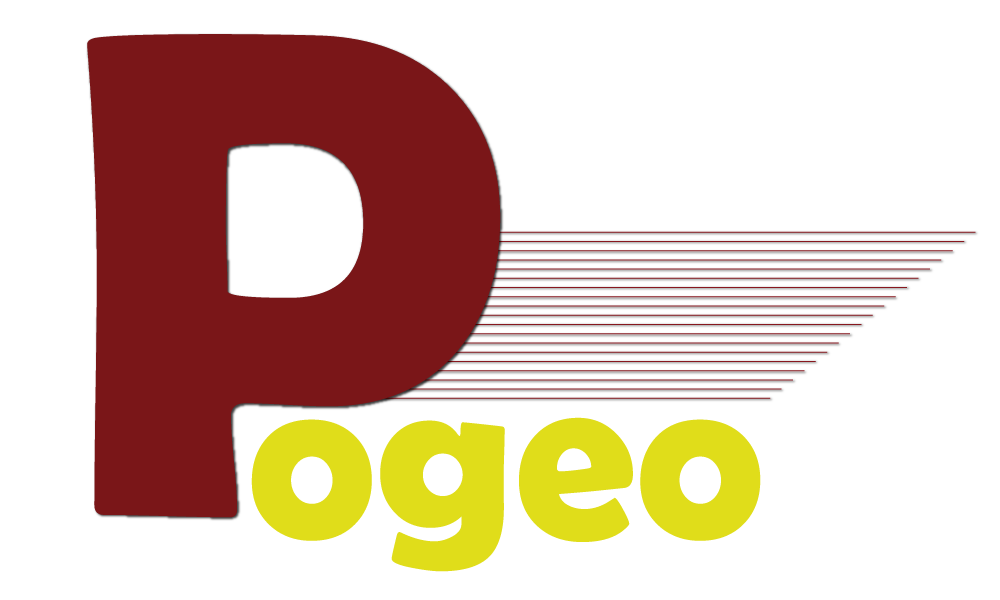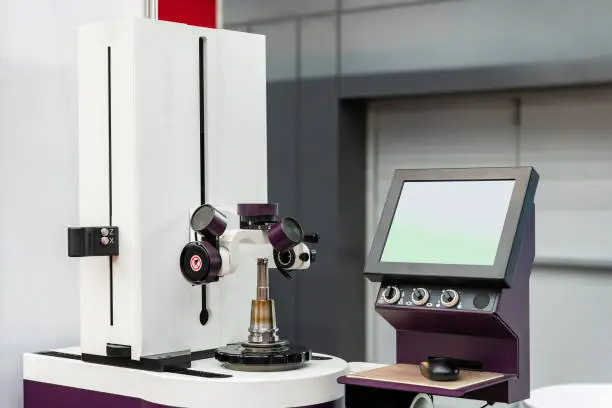Coordinate measuring machines help check the size and shape of parts in factories. They use probes or sensors to measure points on an object and create a 3D map. This article explains the different types and how they work. We will cover each type in detail to help you pick the right one for your needs. These machines are important for quality control in industries like cars, planes, and electronics.
What is a Coordinate Measuring Machine?
A CMM Manufacturers is a device that measures the geometry of physical objects. It works by touching or scanning the surface to record coordinates in three dimensions: X, Y, and Z. This data helps check if parts meet design specs.
These machines started in the 1950s and have advanced with computers. Now, they use software to analyze data and create reports. The main parts include a base, arms or bridges for movement, a probe, and a control system.
The base is stable to avoid errors. The moving parts slide on guides with air bearings for smooth motion. Probes can be touch-trigger or scanning types. Software processes the points to calculate distances, angles, and forms.
Accuracy is key, often down to 0.001 mm. They handle parts from small screws to large car frames. Users program the machine or run it manually.
Working Principles of Coordinate Measuring Machines
The basic principle is to establish a reference system and measure points relative to it. First, align the part on the table. The machine moves the probe to touch points.
For contact types, the probe touches the surface, and sensors record the position. Touch-trigger probes click when they hit, while scanning probes slide along for continuous data.
Non-contact types use lasers or cameras. Lasers bounce light off the surface to measure distance. Cameras capture images and use software to find edges.
Power comes from motors that drive the axes. Encoders track position. Computers calculate from the data.
Calibration uses standards like ball bars to ensure accuracy. Regular checks keep results reliable.
These machines can run automatic cycles for batch checks or manual for one-offs.
Types of Coordinate Measuring Machines
There are several types based on design and use. Each has strengths for different jobs.
Bridge-Type Coordinate Measuring Machines
Bridge types have a bridge structure that moves over a fixed table. The probe hangs from the bridge. This design is stable and accurate for medium-sized parts.
They are common in labs and shops. The bridge moves on two rails, allowing precise control. Sizes range from small benches to large rooms.
Pros include high speed and repeatability. They suit precision work like tool making. One limit is the fixed table, so very large parts need other types.
Gantry-Type Coordinate Measuring Machines
Gantry types have a moving frame like a portal. The table is fixed, and the gantry slides over it. This allows for big parts, like aircraft wings.
They are strong and can handle heavy loads. Used in heavy industry. The open design makes loading easy.
Accuracy is good, but they take more space. Costs are higher due to size.
Horizontal Arm Coordinate Measuring Machines
Horizontal arm types have an arm that extends horizontally from a base. The probe moves along the arm. They come in single or dual arm setups.
These are flexible for large or awkward shapes, like car bodies. The arm can reach into deep areas.
They are often manual or semi-automatic. Good for shop floors where quick checks are needed. Less accurate than bridge types for tiny details.
Portable Coordinate Measuring Machines
Portable types are lightweight and can move around. They include articulated arms or laser trackers.
Articulated arms have joints like a human arm. You move it by hand, and sensors record positions. Laser trackers use a laser beam to follow a target ball.
These are ideal for on-site work, like in construction or repair. No need for a fixed setup. Accuracy is fair, around 0.05 mm.
They save time by measuring without moving the part. But they rely on user skill.
Optical Coordinate Measuring Machines
Optical types use cameras and lights instead of touch probes. They capture images and analyze them for measurements.
No contact means no damage to soft parts. Fast for surface scans. Used in electronics for tiny components.
Limits include less accuracy on shiny or transparent surfaces. They complement contact types.
Other Types
Cantilever types have an arm from one side, good for small parts with easy access.
Shop-floor types are rugged for dirty environments, with covers to protect from dust.
Each type fits specific needs. For high precision, go bridge. For mobility, choose portable.
How to Choose the Right Type
Consider the part size. Small items fit bridge; large need gantry.
Think about accuracy needs. Precision work wants bridge or optical.
Environment matters. Factories need tough shop-floor types; labs prefer clean bridge ones.
Budget is important. Portable are cheaper for starters.
Volume of work: Automatic for many parts, manual for few.
Look at software features for easy use.
Benefits of Coordinate Measuring Machines
They provide accurate data to reduce defects. This saves money on rework.
Fast measurements speed up production. 3D models help in design checks.
Versatile for many materials and shapes.
Integrate with CAD for direct comparisons.
Improve quality standards in industries.
Common Uses
- In automotive, check engine blocks.
- In aerospace, measure turbine blades.
- In medical, inspect implants.
- In consumer goods, verify molds.
They ensure parts fit together.
Maintenance Tips
- Clean guides and probes daily.
- Calibrate every few months.
- Check air supply for bearings.
- Update software for fixes.
- Train users to avoid errors.
- Good care extends life.
Conclusion
Coordinate measuring machines come in types like bridge, gantry, horizontal arm, portable, and optical. Each works by measuring points in 3D space with probes or sensors.
Choose based on your job for best results. They boost accuracy in manufacturing. For products, see this coordinate measuring machine page.


